Wright of Derby: From the Shadows at the National Gallery
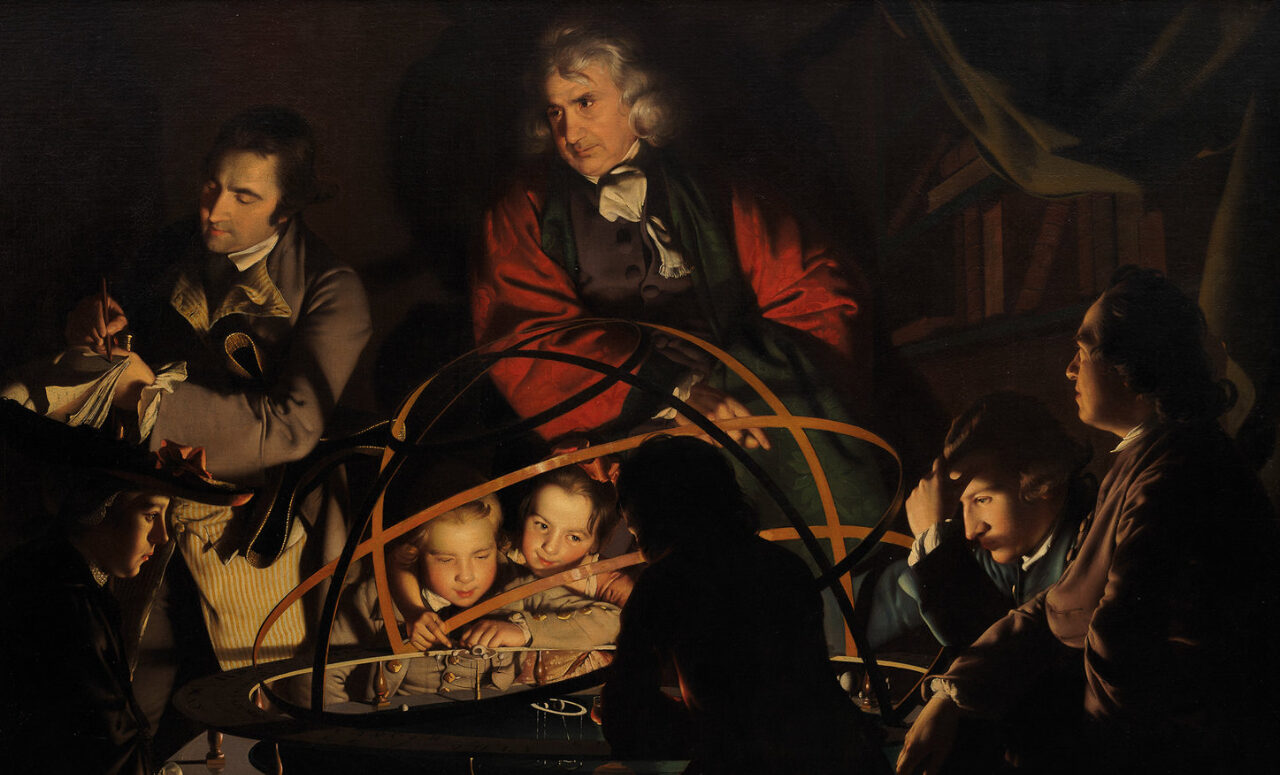
Deep in the heart of the East Midlands, as the dark satanic mills of Britain’s Industrial Revolution rumbled into life, a talented painter emerged in the mid-18th century. Joseph Wright of Derby – as he came to be known, supposedly to distinguish him from a London-based contemporary of the same name – is fated to be forever linked with the Enlightenment. The National Gallery’s new exhibition, Wright of Derby: From the Shadows, proves to be the first to be dedicated to the artist’s “candlelight” series. All created between 1765 and 1773, these works display Wright making subjects of the scientific developments of his age whilst referencing the latest philosophical thought. 17 pieces have been loaned by Derby Museum.
Joseph Wright of Derby (1734-1797), for whom a full membership of the RA would rather surprisingly remain elusive, is best known for his mastery of “chiaroscuro”, the dramatic light and shade technique pioneered by Caravaggio. Whereas the Italian’s skills were harnessed as a battering ram for the Counter Reformation, the Englishman painted scenes of scientific learning whilst drawing too on themes such as morality and the sublime in nature. Wright was versed in Edmund Burke’s exploration of the grandeur of the Universe in the Anglo-Irish philosopher’s treatise, A Philosophical Enquiry into our Ideas of the Sublime and the Beautiful (1757). The artist’s scientific and industrial subjects on display at the National Gallery were greatly inspired by his friendships with key figures within the Lunar Society of Birmingham, a group of industrialists, philosophers and scientists from the Midlands who gathered to discuss new ideas. Numbered among them were the physician Erasmus Darwin, Charles’s grandfather and a patron of Wright of Derby, Washington Shirley, 5th Earl Ferrers.
Arguably, it is the presence in the National Gallery of two of the artist’s most celebrated works which promise to set visitors’ pulses racing. Each reveals Wright’s remarkable expertise with an exaggerated form of chiaroscuro called tenebrism, which uses more extreme contrasts where darkness dominates, frequently deploying a spotlight effect. An Experiment on a Bird in the Air Pump (1768) has beguiled visitors to the National Gallery since it was acquired by the Trafalgar Square institution in 1863. In a room illuminated mainly by a single candle, a central lecturer demonstrates the effects of a vacuum in a glass chamber on a white cockatoo before a group of onlookers. Our eyes are drawn to two dramatically lit sisters in the centre. One seems on the verge of bursting into tears, her hands seeking the comfort of her elder sister, who hides her own face, apparently unable to witness the bird’s plight. An older man, perhaps their father, urges the two girls to turn and pay attention to the life and death scenario unfolding before their eyes, whilst another gentleman in the foreground coolly observes proceedings. He represents the Enlightenment ideal of detached, highly rational masculinity. The artist marks his allegiance to the Lunar Society by painting a full moon visible through a window on the right. Intriguingly, the National Gallery has managed to lay its hands on an original air pump from the time that somehow carries a more sinister threat in reality.
The equally monumental work, A Philosopher giving that lecture on an Orrery in which a lamp is put in place of the sun (1766), once again finds Wright showing off his uncanny ability to conjure up artificial illumination. One of several Derby Museum loanees, the work sees the depiction of another scientific demonstration performed by candlelight. As with the celebrated Air Pump work displayed alongside, a heroically locked lecturer holds an attentive audience in rapture. He is explaining the movements of the solar system by means of a clockwork model of the heavens known as an Orrery. Suitably, the wealthy family of onlookers are positioned as a circular group to echo the object of their fascination. Earl Ferrers, who was to purchase the painting, has been identified on the far right. Once agai,n efforts have been made to include an actual example of the 18th-century apparatus depicted, on loan like the Air Pump from the Whipple Museum of the History of Science, Cambridge.
Curators of the current exhibition are proposing that Joseph Wright needs to be reevaluated as not only a painter of light but also an exploiter of the dramatic potential of nighttime settings. Three Persons Viewing the Gladiator by Candlelight (1765) is one of several other atmospheric paintings here that prove equally vivid. Wright depicts himself alongside his friends, the cartographer Peter Perez Burdett and John Wilson, in deep contemplation of the aesthetic qualities of an antique sculpture. In An Academy by Lamplight (1769), earnest young men draw from the classical marble, “Nymph with a Shell.” The Nocturnes that follow are no less arresting as the painter uses light cutting through darkness to define figures, objects and spaces. One idiosyncratic image to the modern eye, Earthstopper on the Banks of the Derwent (1773), reveals a man shovelling earth beside the Derbyshire river in a night scene gloriously illuminated by a lantern and glowing moon. The mysterious digger, it transpires, is blocking a fox den to ensure the following day’s hunt goes entirely to plan. In A Philosopher by Lamplight (circa 1769), an old hermit sits examining a human skeleton in a cave lit up by a solitary candle and a moon bringing a blue tinge to the clouds overhead. As he appears to contemplate the meaning of life, two intrepid young visitors dressed as pilgrims approach him, notable for their comparatively diminutive size. Surely Wright is drawing on how science was increasingly being used in 18th-century Europe to rationally understand nature.
The white heat of the Industrial Revolution is literally brought to bear in A Blacksmith’s Shop (1771). The artist once more uses his mastery of light and shadow to energise this night scene, the craftsmen glowing before their own handiwork.
A wall of Mezzotint prints at the end of the exhibition testifies to how Wright of Derby brought his work to the wider public, both home and abroad, by collaborating with talented engravers like William Pether (1739-1821). Mezzotint would seem highly appropriate in conveying Wright’s nuances of light and dark. Curators also put forward the proposition that a youthful Wright might have been inspired to create his candlelight paintings in later life when enjoying the theatrical miniature worlds offered by fashionable Peepshow, Toy Theatres. True to form here, a charming surviving example from 1721 is displayed to support that theory. Nearby, a comparison is drawn between the experience of “peering into a magic lantern” and contemplating one of the artist’s candlelight compositions, a figurine on show depicting children bewitched by the optical device. This enjoyable exploration of Joseph Wright of Derby’s artistic practice adds weight to his reputation as an artist fully engaged with the scientific and philosophical questions of the Enlightenment. And that consummate mastery of tenebrism is truly a sight to behold.
James White
Image: Joseph Wright of Derby, A Philosopher Giving that Lecture on the Orrery in Which a Lamp Is Put in the Place of the Sun, exhibited 1766 © Derby Museums
Wright of Derby: From the Shadows is at the National Gallery from 7th November 2025 until 10th May 2026. For further information or to book, visit the exhibition’s website here.

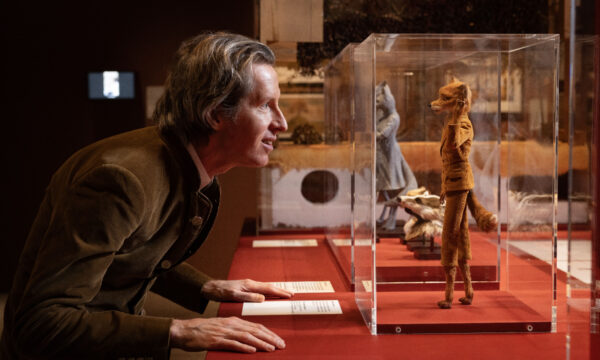

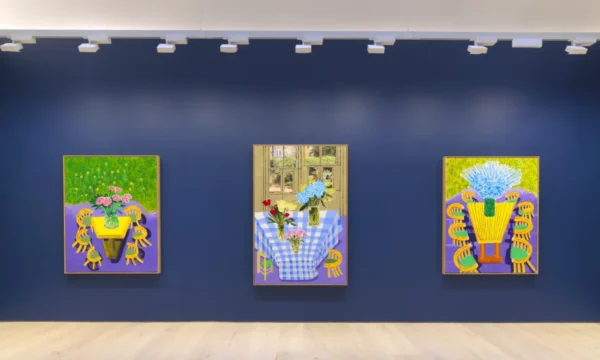
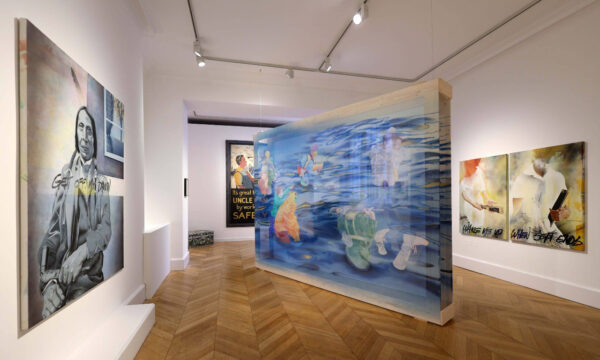
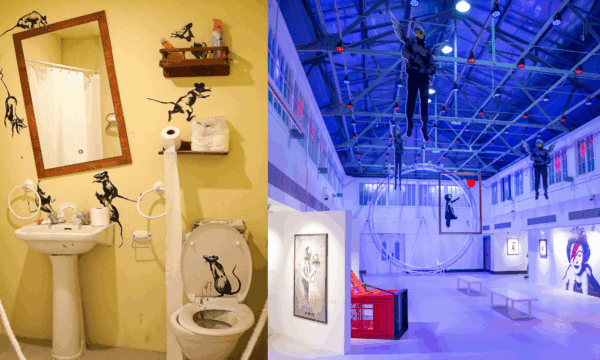
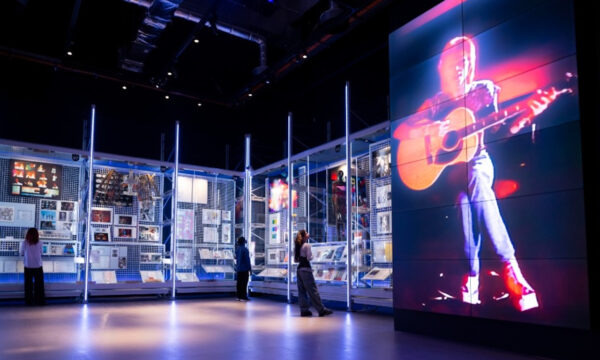
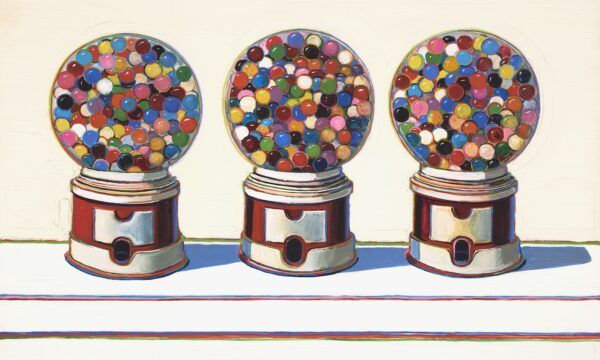
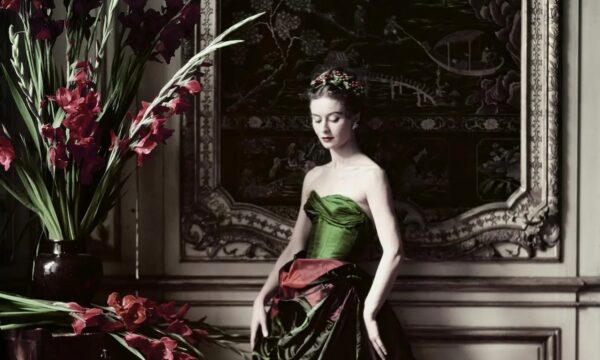



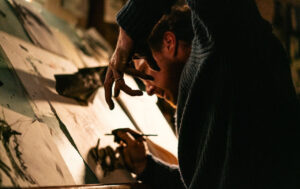



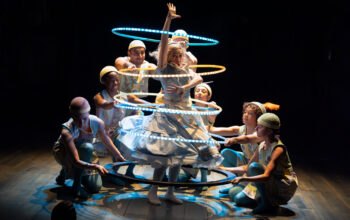








Facebook
Twitter
Instagram
YouTube
RSS